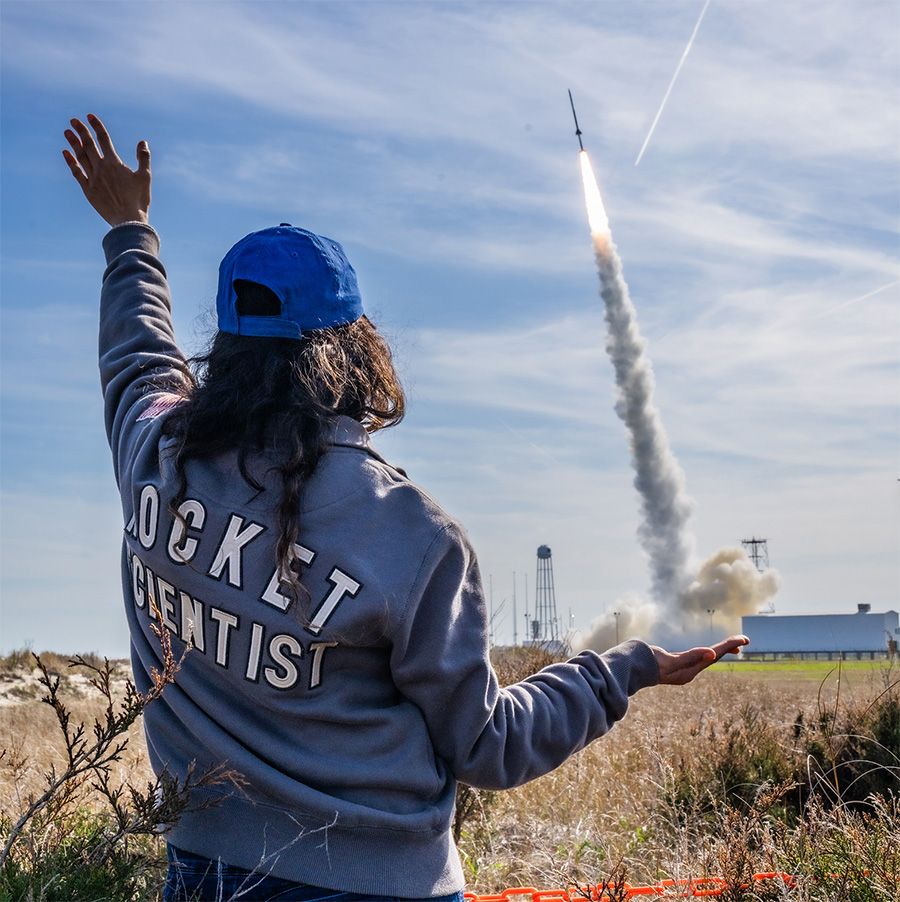Featured Videos
The Geocenter of the Earth Is Changing
At the foundation of virtually all airborne, space-based and ground-based Earth observations is the Terrestrial Reference Frame (TRF). The TRF relies on an accurate calculation of the geocenter of the Earth. However, one complication is that the geocenter is constantly changing with respect to the Earth’s surface.
USFS/GEDI Old Growth Forest Visualization
This visualization begins with a view of USFS Forest Inventory and Analysis (FIA) plot locations (orange dots) across the continental US. GEDI vegetation height data then draws on dynamically, showing how data from both the USFS and NASA can be used together to increase spatial coverage.
NASA Sees Tides Under Ocean’s Surface
Internal tides, or internal waves, can reach hundreds of feet underneath the ocean surface, but might only be a few inches high on the surface. Even though they’re underwater, NASA can see these tides from satellites. They provide oceanographers with a unique way to map and study the much larger internal water motion.
NASA Explores Earth's Magnetic 'Dent'
Earth’s magnetic field acts like a protective shield around the planet, repelling and trapping charged particles from the Sun. But over South America and the southern Atlantic Ocean, an unusually weak spot in the field – called the South Atlantic Anomaly, or SAA – allows these particles to dip closer to the surface than normal.
NASA’s fleet of satellites see the whole Earth, every day. This year, you can celebrate Earth Day with NASA wherever you are! Host your own Earth Day...
Thursday, April 18, 2024

